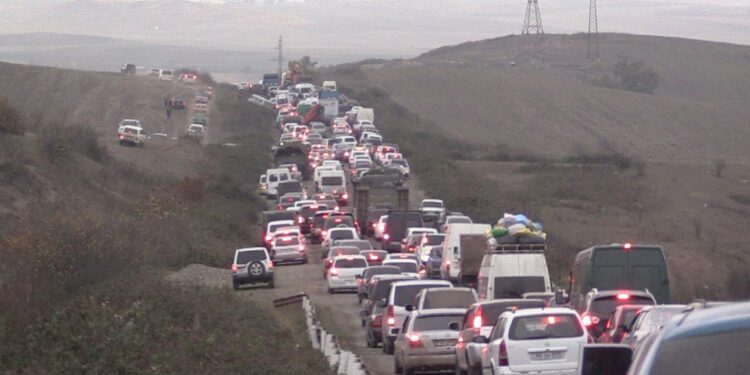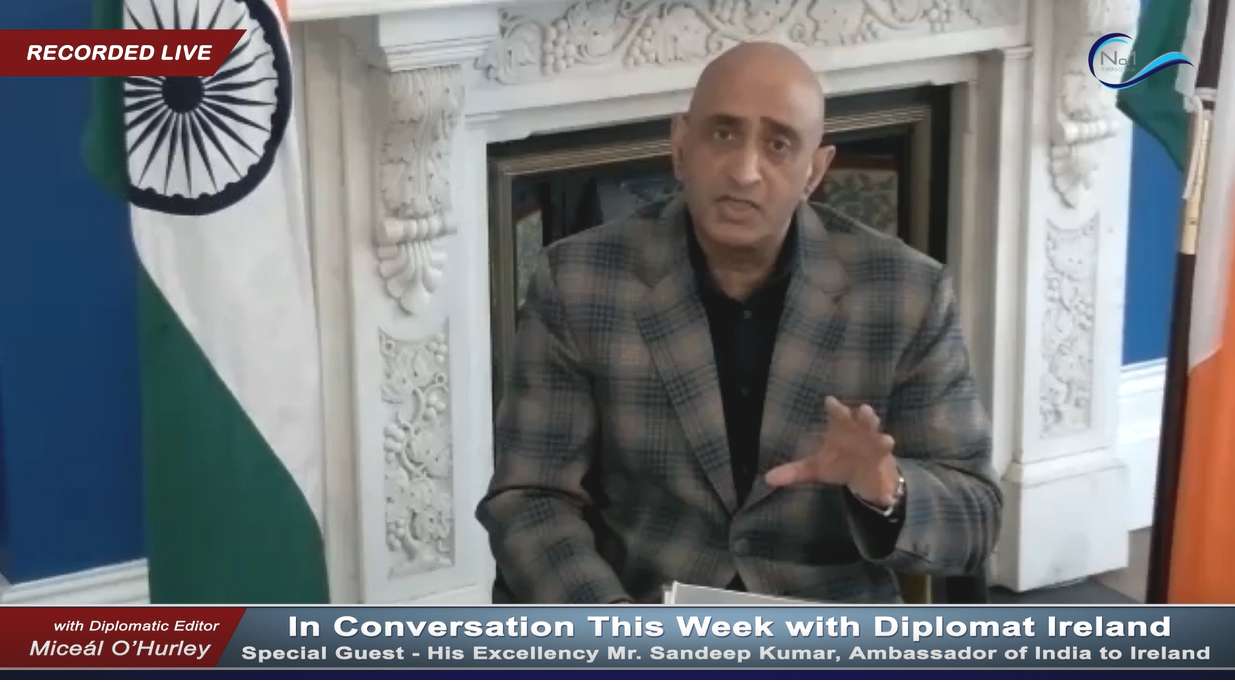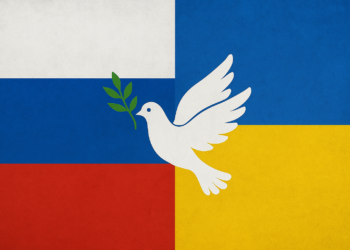by Miceál O’Hurley
YEREVAN — Following a stunning military offensive launched by Azerbaijan which caught pro-Armenian separatist forces off-guard, the self-proclaimed ‘Republic of Artsakh’ has seemingly come to an ignominious end. Now, following a stunning 24-hour military operation by Azerbaijan which caught pro-Armenian forces off-guard, an estimated 120,000 ethnic Armenians have packed the Lachin Corridor in the hopes of reaching Armenia, family and refuge.
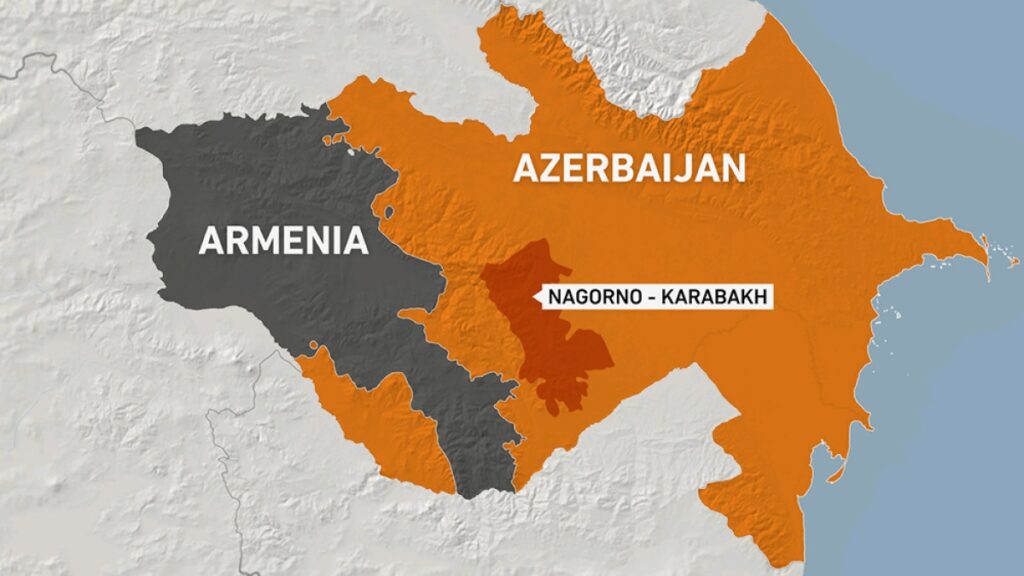 The only access route for fleeing Armenians to leave Nagorno-Karabakh is the ‘Lachin Corridor’. For almost 30-years this 5km wide mountain pass was the only passageway between Armenia and the self-proclaimed ‘Republic of Artsakh’. Now its traffic is one-way leading throngs of ethnic Armenians to what is for many is a second-or-third displacement in their lifetime. Artsakh, historically an Armenian enclave in Azerbaijan, sought to declare itself an independent, autonomous region following the demise of the Soviet Union. International law recognises the disputed region as the sovereign territory of Azerbaijan.
The only access route for fleeing Armenians to leave Nagorno-Karabakh is the ‘Lachin Corridor’. For almost 30-years this 5km wide mountain pass was the only passageway between Armenia and the self-proclaimed ‘Republic of Artsakh’. Now its traffic is one-way leading throngs of ethnic Armenians to what is for many is a second-or-third displacement in their lifetime. Artsakh, historically an Armenian enclave in Azerbaijan, sought to declare itself an independent, autonomous region following the demise of the Soviet Union. International law recognises the disputed region as the sovereign territory of Azerbaijan.
A full week after Artsakh’s defenders shunned their uniforms in the hopes of attaining anonymity by blending into the mass exodus of civilians to Armenia, the Lachin Corridor is littered with abandoned vehicles, discarded personal possessions and the remnants of a life lived in the disputed enclave. The wait to be processed at the border can last hours if not days and the humanitarian crisis of the affairs is breathtaking.
Despite Azerbaijan claiming ethnic Armenians are free to remain in the region without molestation the staggering percentage of residents fleeing is telling of fears of genocidal violence. Scant reports of violence against fleeing ethnic Armenians have been reported, however, arrests have been made of prominent leaders of the un-recognised separatist ‘Republic of Artsakh’ and its armed contingent. Most notably, Ruben Vardanyan, a businessman who headed the separatist government from November 2022 until February, was among those arrested attempting to flee along the Lachin Corridor. Reports of other military and civic leaders involved in separatist activities have also been detained while waiting in line to cross into Armenia. Meanwhile, the humanitarian suffering of those in the miles of lines attempting to enter Armenia continues.
The long-running ethnic-based conflict has its roots in the chaos that ensued following the collapse of great empires during World War I. Tensions continued throughout Soviet occupation though the region was granted de facto recognition as an autonomous oblast given its heavily ethnic Armenian population. When the Soviet Union finally collapsed Azerbaijan rejected ceding the territory to Armenia and the region fell into increasing armed conflict.
During the First Nagorno-Karabakh War (1988-1994) Azerbaijan enacted a blockage of Artsakh and Armenia beginning in 1989. The blockade lasted for about 3-years after being reinforced by Türkiye. The military cordon until the Artsakh Defence Army opened a humanitarian passage to Armenia that became known as the Lachin Corridor. Relative calm prevailed until the Second Nagorno-Karabkh War broke-out between September-November 2022 following an assault by Azerbaijan forces. Türkiye once again supported their ally, Azerbaijan.
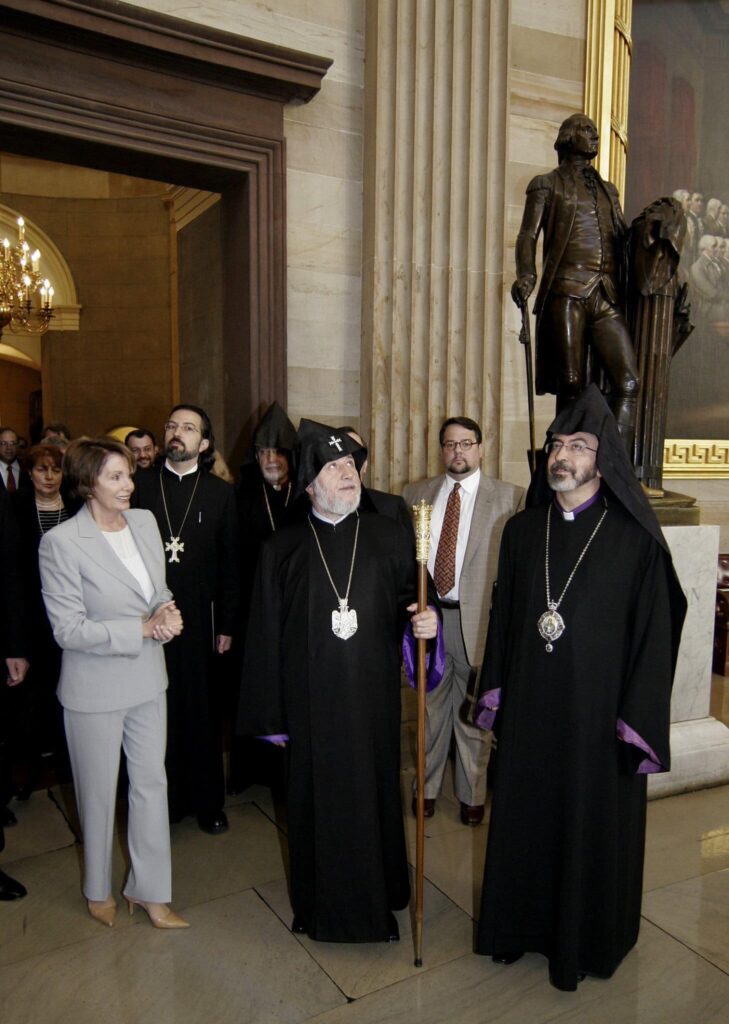
Azeris are a Turkic ethnic group residing primarily the Republic of Azerbaijan and Northern Iran. Considered one of the most secular nations in the Muslim world, 97.3% of Azerbaijan’s population follow Islam. Conversely, the ethnic Armenians that self-declared the so-called independent Republic of Artsakh are primarily Armenian Apostolic Christians. Armenia was the first nation to convert to Christianity in 300 C.E. about a decade before Constantine converted to the Roman Empire. Reglion, culture and ethnicity have long served as flashpoints for conflict in the region. Some 120,000 ethinic Armenians called the region home with an estimated 105,000 having already fled to Armenia following last week’s devastating military defeat at the hands of Azerbaijan forces.
The Second Nagorno-Karabakh War had all the hallmarks of the ongoing conflict in Ukraine following Russia’s un-provoked 2022 full-scale invasion. The Artsakh Defense Army and Azerbaijan forces engaged in fierce fighting marked by the emergence of drones operations, ground sensor deployments, long-range heavy artillery bombardment and missile strikes targeting not only military but civilian population centres and infrastructure. Again echoing military operations undertaken by Russia, State propaganda and the use of official social media accounts were grist for the information warfare mill. Sporadic fighting has continued, despite attempts by Russian peacekeeping forces to stabilise the region, culminating in last week’s collapse of the Artsakh Defense Army.
According to observers, Artsakh now appears to be empty, its homes and businesses showing the signs of having been quickly abandoned. Whether Armenians return or Azeris begin to inhabit the region remains to be seen.
































